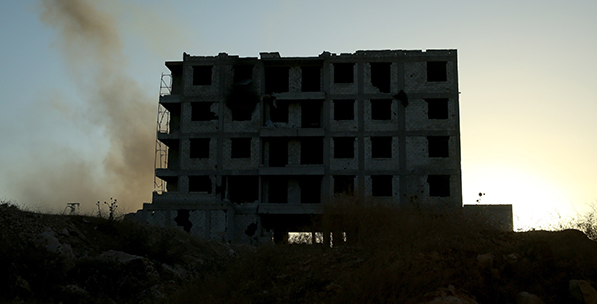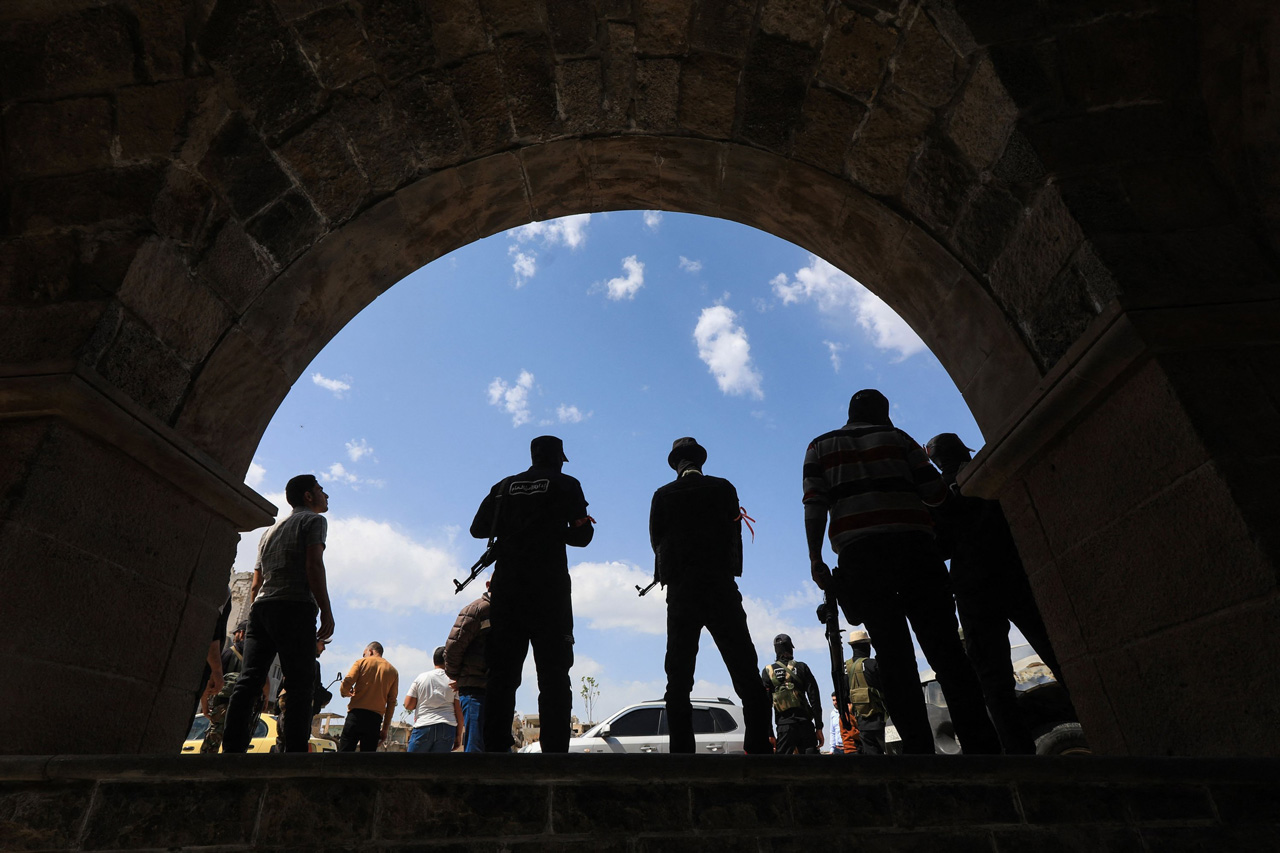Last week, there were an increasing number of reports in U.S. media regarding Russian military activity in Syria. According to these reports, U.S. intelligence captured evidence about the increasing number of military personnel and actions by Russia in regime-controlled areas in Syria. The Los Angeles Times reported that this evidence includes "satellite images of an apparent Russian base for staging troops and heavy equipment under construction near a port city that is a stronghold for Syrian President Bashar Assad." They also include "reconnaissance photos of possible military housing being built near the international airport in Latakia." While the Syrian conflict was on the agenda because of the refugee crisis it generated in Europe and the security crisis it generated in the region, the possibility of increasing Russian military assistance and the increasing degree of Russian military involvement in the conflict in Syria created major concern for the international community.
Questions concerning the issue were one of the most frequently asked by Washington correspondents of the White House and the State Department last week. Although Washington still did not make any conclusive statement about its assessment of the situation, both the State Department and White House expressed their concerns. White House spokesman Josh Earnest said, "Any military support to the Assad regime for any purpose, whether it's in the form of military personnel, aircraft supplies, weapons or funding, is both destabilizing and counterproductive." Furthermore on Saturday, Secretary of State John Kerry called his Russian counterpart and expressed one more time the U.S.'s concerns about reports of the Russian military buildup.
Intelligence reports that were leaked to the press and the administration's handling of this issue at the highest level demonstrate that this is a significant development that can complicate the situation on the ground in Syria. Social media in recent days were full of photos of Russian-made ammunition used by regime forces against the opposition. It was also reported that Russian officers were spotted in various places in Damascus and have constant talks with their Iranian and Syrian counterparts in the city.
All of these developments make it difficult to understand the Russian position on the Syrian conflict other than its continuous support for the Assad regime. While the international community was discussing whether the U.S. intelligence reports were accurate and what the consequences of these developments will be, Russian President Vladimir Putin said that there can be a political solution for the conflict and "Assad is ready to hold parliamentary elections and share power with 'a healthy opposition'. " It is not clear what he meant by a "healthy opposition," but it is obvious that Russia, while increasing its military involvement in the conflict is also willing to preserve its diplomatic leverage in the conflict.
In fact, it is challenging to understand what Russia is trying to do in Syria. The military buildup, if confirmed, proves that the Russian government in the coming days will do more to protect the Assad regime. There is speculation about Russia's final goal with this increasing involvement in Syria. If the Russian government's goal is to adopt a Kadyrov model like in Chechnya in order to deal with the crisis in Syria, it could raise the crisis to a new level. Supporting a dictator with arms, ammunition and personnel will not bring total safety and security to the regime, but instead it will complicate the already existing havoc in the region and further destabilize the country. On the other hand, an attempt to generate a "remote controlled Kadyrov" in the Middle East to project power and receive diplomatic presence and visibility will help neither the conflict nor its foreign policy. If the goal of the Russian government is to fight against terrorist groups by supporting the Assad regime and by protecting the major cause of radicalization in the region, it will be hard to de







